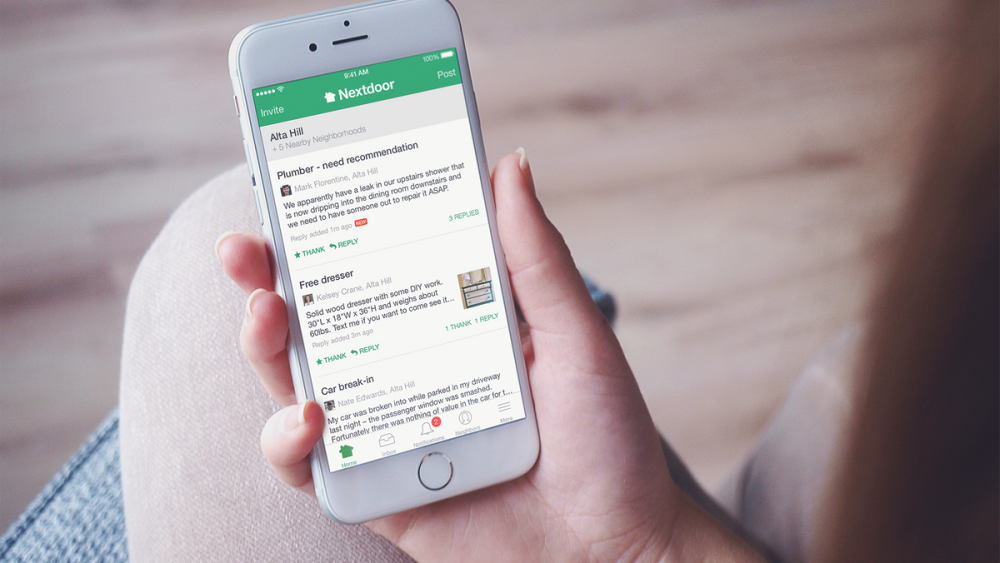SAN FRANCISCO, CALIF. -- The social network Nextdoor is used by thousands of communities to post questions about their neighborhoods. Public safety departments also use the network for performance polls and to share information like safety tips, crime reports and community events. But city agencies like the Houston Office of Emergency Management (OEM) can use Nextdoor to send urgent alerts to residents during emergencies.
In late April, devastating floods required more than 1,200 people in Houston to be rescued1. Houston OEM posted urgent alerts to Nextdoor throughout the event.
Nextdoor.com continues to be one of the best ways we reach our residents during times of emergency. It’s ability to target specific communities or the entire city, and interrupt daily activities with life-saving emergency information has become a vital part of how Houston responds to disasters. During the April 2016 flood, the city of Houston Office of Emergency Management was able to engage residents with life-saving weather-related and flooding information, as well as augment existing messaging channels to help disseminate disaster recovery information throughout our community. As disaster survivors begin to pick up the pieces of their lives and rebuild, the city hopes to continue using Nextdoor to share disaster recovery information with our residents,” Michael Walter, public information officer for Houston OEM, told Efficientgov.
According to Nextdoor, when its public agency partners send urgent alerts, the tech company can target individual neighborhoods. Nextdoor members in those neighborhoods receive the alerts via text messages, app notifications or email.
When 17 inches of rain fell on Houston in 24 hours, its Nextdoor partnership reached nearly 20 percent of households with Houston OEM’s urgent alerts. More than 215,000 Houston area members received the alerts, according to the company blog, Houston Neighbors Turn to Nextdoor During Extreme Flooding. This map shows the households Nextdoor reached during the Houston floods.
Nextdoor has partnered with more than 1,400 local public agencies including police, fire, Mayor’s offices and others. Once an agency or city partners with Nextdoor, the team creates a geospatial map of the neighborhoods served and stores the information for fast retrieval during an emergency incident. That’s how Nextdoor quickly determines which members to route emergency alerts to.
“Substantial technical infrastructure is needed to deliver Urgent Alerts timely and reliably, especially for large cities. We’ve had to devise an architecture that will be rock solid in these times of need,” said Sean Bromage, technical engineer for Nextdoor.
In the event of a natural disaster, members and public agencies can also use Nextdoor to create neighborhood emergency plans, check on neighbors and plan recovery efforts.
To access the opportunity for your community, apply for a Nextdoor partnership.
Read about how Nextdoor scales disaster response with urgent alerts on the company’s blog.
Read about how one city police department uses the app to talk to residents.
Source













